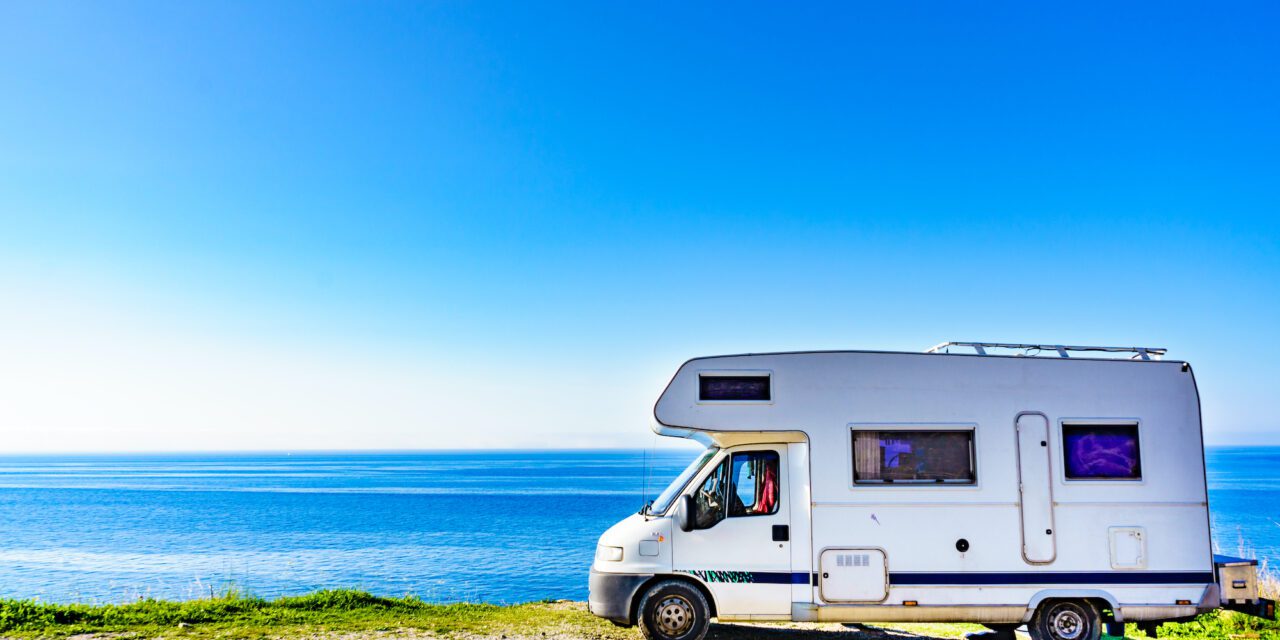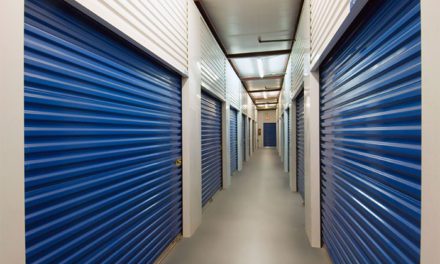Now that fall has returned, it’s time to start preparing to store your RV or camper. As an RV owner, it’s up to you to ensure your investment is stored properly– whether you park it on a flat spot on your property, in the driveway, or at an indoor RV storage facility, there are certain steps you must take first. So, what can you do to ensure that your RV is properly stored until the next time you take it out for an adventure?
Let’s review some of the best long term RV storage tips, so that you’re always prepared.
1. Clean the Inside of the RV
Before you store away your RV, especially for the winter, it’s important to perform a deep cleaning of the interior of the vehicle. This will help to prevent common issues RV owners face like rodents and mold. Remember to:
- Defrost the freezer and remove all perishables from both the fridge and cupboards
- Close all windows and blinds to prevent UV damage
- Make sure all of the appliances are switched to off
- Run a dehumidifier to prevent mold and mildew
- Leave fridge and cabinet doors open
Doing all of the prep work above will ensure that your camper is ready to hit the road the moment you take it out of long term storage.
2. Prepare the Outside of the RV
It’s vital that you spend as much time preparing the outside of the RV as you do the inside. This starts with a thorough wash of the exterior of the vehicle. From there, be sure to take the following actions:
- Turn off your liquefied petroleum gas
- Look for cracks or openings around the windows, doors, A/C, and roof vents
- Cover exterior vents such as the furnace or fridge to prevent rodents
- Lower the stabilizer jacks (if you have them) to reduce weight on tires
3. Store the RV Battery Separately
If you are putting your RV in long-term storage, the battery needs to be stored separately. This helps keep it safe, sound, and operable. Take the battery out by removing the negative terminal first. After, follow these steps:
- Make sure that the battery is fully charged before storing it away
- Clean the battery by removing corrosion with a baking soda and water solution
- Use a wire brush to clean the remaining corrosion on terminals
- Store the battery in a cold, dry place at a temperature between 32°F and 80°F
These RV battery storage tips can significantly extend battery life!

4. Cover the RV
If your RV is going to be stored outside, it’s important that you invest in a cover that’s built explicitly for RVs and campers. The right cover will help protect it from exposure to ultraviolet rays and other natural elements. It’s important that the cover you use is breathable, so as to prevent mold and mildew from growing.
Additionally, you should consider individual tire covers. According to RV Share, UV exposure can lead to partial breakdown of rubber compounds in the tires of your RV. Long term UV exposure can weaken any tire over time.The good thing to note is that RV tire covers are a great solution for this as they can decrease any effects of UV rays by protecting the tires.
For a small upfront investment, RV and tire covers will help protect your camper from harsh weather and cold temperatures.
Note: Many experts recommend that you inflate all of the tires to their indicated pressure prior to storage. Over time, tires will lose pressure, so it’s important that you check on them every two months to see whether they need to be refilled.
5. Add Fuel Stabilizer
Over time, gas can go bad if it’s left idle in the tank, especially when it gets cold outside. Left alone, gas oxidizes, resulting in gummy resin deposits that can ruin the engine. To prevent this, you will need to add fuel stabilizer to the RV. This can be done by:
- Adding the fuel stabilizer
- Filling the tank with gas
- Starting both the engine and generator
- Letting the engine and generator idle for 5 to 10 minutes.
After, consider changing both the oil and the oil filter in the engine and the generator prior to long term storage.
6. Store the RV in the Right Place
Although some RV owners choose to store their camper outside—whether in their driveway, on the street, or in their backyard—many RV owners prefer to keep their recreational vehicle offsite.
These days, the best way to store your RV for a long period of time is at a dedicated self-storage facility. But what are the qualities you should look for in an RV storage facility?
- Indoor storage capabilities – When you store your RV inside, you can do a great job protecting it from the elements!
- A range of RV sizes – Whether the facility has indoor or outdoor RV parking, it’s important that they can accommodate a range of RV sizes.
- Security – Storage facilities should be gated, have security cameras, and keypad controlled access.
- Features – When searching for a storage facility, look for ones that have helpful features like free courtesy carts, extra-wide spaces, and extra-wide driveways.
By storing your RV offsite, you can make sure that it’s kept in the optimal conditions while being out of sight and out of mind. Then, when you need it, all you have to do is swing by to pick it up. If you’re wondering where can I store my pop up camper or RV, we have the storage space you need at Price Self Storage.
Price Self Storage—Your RV Storage Solution
Treat your RV well, and it will last you far longer. Whether you want RV storage winter tips or RV storage summer tips, much of the advice is the same. If you plan on storing your RV, remember to:
- Clean the inside
- Prepare the outside
- Store the battery separately
- Cover the RV properly
- Add fuel stabilizer to the gas tank
- Keep the RV in a storage facility
At Price Self Storage, we can help you with that last point. We have the largest indoor RV and boat storage facility in Southern California. Add in our affordable prices, convenient location, and fantastic features, and it’s easy to see why we’re the go-to, long-term RV storage solution.
Sources:
RV Share. RV Tire Covers. https://rvshare.com/blog/rv-tire-covers/










